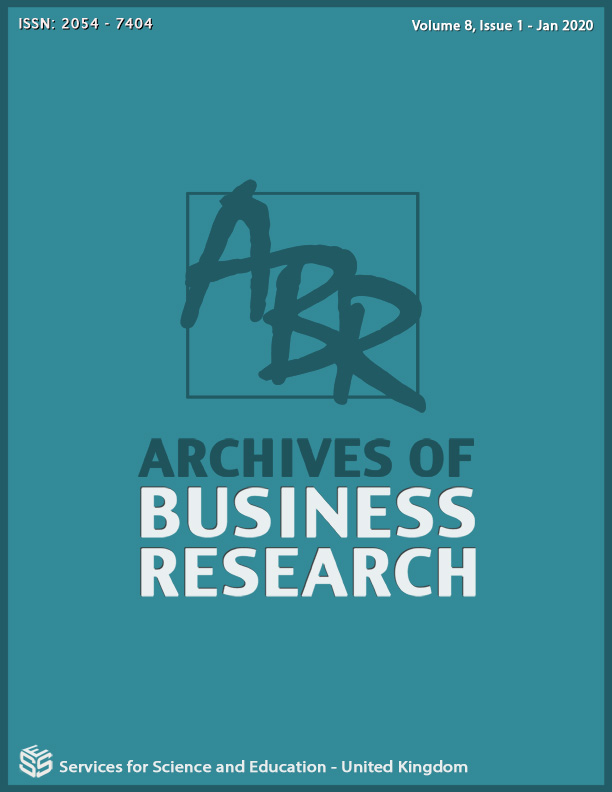Debt Finance and Corporate Performance: Firm Level Empirical Evaluation
DOI:
https://doi.org/10.14738/abr.81.7617Abstract
Debt finance relevance or financial leverage debate has continued to gain more strength in every discussion of firm capital structure locally and beyond. To some researchers, the application of debt finance could worsen performance of firms and create difficult economic scenario; to others, debt finance could induced better business performance and profitability. It is on the premise of the foregoing arguments that this study sought to investigate the effect of long and short tenured debt on return on assets (ROA) as well as return on equity (ROE) of corporate manufacturing firms in Nigeria. To achieve this, the study relied on firm level data generated from annual report of the National Salt Corporation of Nigeria (NASCON) Plc for a 12-year period (2007-2018). Data were analyzed using time series analysis while the computer-based multivariate linear regression approach aided by Special Package for Social Sciences (SPSS) version 20 was used in the test of the two stated hypotheses. Consistently, the two null hypotheses were sustained since their significant values (sig-value) were greater than 0.05 and their corresponding t-values positive. The paper thus concludes that although long and short tenured debt finances may not significantly impact positively on ROA and ROE, long tenured debt could slightly enhance corporate performance. Accordingly, the study recommends among others that, financial managers of corporate manufacturing firms should design optimum capital structure for long and short tenured debt finances considering the varied impact of both on corporate performance.






